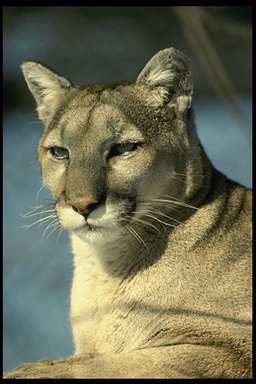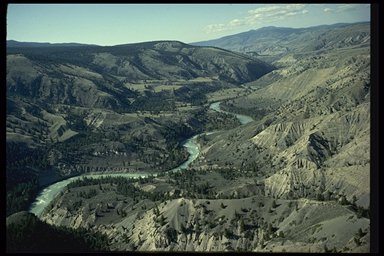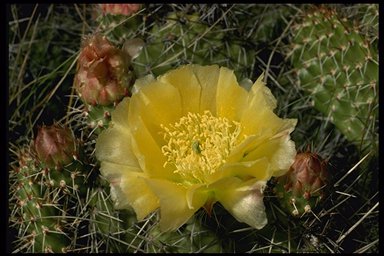
Sandwiched between the Coast Mountains to the west and the Columbia and Rocky Mountains to the east, the Interior Dry Plateau is one of Canada's most diverse natural regions. Choose your clothes carefully for a hike here - within a few miles you can walk from parched "desert-like" conditions on valley bottoms, through moist sub-alpine forests to alpine tundra on mountain tops.

This natural region is characterized by flat or rolling plains, the result of immense lava outpourings 60 million years ago. The plains are dissected by deep narrow valleys, gorges and long, narrow lakes. Hell's Gate, famous with rafters on the Fraser River, is the best known of the river gorges typical of this region.

VEGETATION:
This is one of the most ecologically diverse regions in Canada, and a significant portion of the region's biota is found nowhere else in the country.
In the deepest valleys where the rainshadow effect is strongest is a mosaic of open ponderosa pine forests, sagebrush and bunchgrass. This is cowboy country, an almost-desert unique in Canada, where cactus, sagebrush, bitterroot, bitterbush and other species thrive. Above the open rangelands, forests of Douglas fir darken the higher plateau country. At still higher elevations, on moister slopes, is a narrow band where Engelmann spruce and alpine fir are the climax species. As a result of past fires, lodgepole pine is now the most common species in this zone. Finally, at the highest elevations, patches of alpine tundra cover the mountain slopes.
Not only is there a significant altitudinal gradient within the region, but also a major latitudinal gradient; desert vegetation at the Canada-United States border gives way to boreal spruce forest at the northern end of the region in central B.C.

The Interior Dry Plateau is home to a host of creatures that slither, scuttle, hop, run, glide and hover in the driest, deepest desert-like valleys: the pygmy horned lizard, western blue-tailed skink, tailed frog, Great Basin Spadefoot Toad, alligator lizard, rubber boa, yellowed-bellied racer, canyon wren, white-throated swift, white-headed woodpecker, black-chinned hummingbird (Canada's smallest bird), and California bighorn sheep. Scorpions and rattlesnakes are also encountered. And, of course, Lake Okanogan is the haunt of the mythological Ogopogo, Canada's most famous lake monster. These species, uncommon in Canada outside of Natural Region 3, share the region with more familiar creatures such as grizzly bears, mountain goats, wolverines, mountain caribou, badgers, white-tailed jackrabbits and cougars.
The almost-deserts of the driest valley bottoms - and their associated species- are among the rarest and most threatened habitats in Canada. Cattle ranching, sheep grazing and cultivation have already destroyed much of this arid habitat and reduced the populations of species already limited in number.
STATUS OF NATIONAL PARKS:
No national parks have been established in this region. The extent of development including land uses that are incompatible with national parks - urban growth, logging, sports hunting, ranching - is making this one of the most challenging unrepresented regions within which to establish a national park.
Parks Canada worked from 1991 - 1995 within the land use planning process of British Columbia in the Cariboo-Chilcotin region, seeking to promote the creation of a new national park in the Churn Creek area. A proposal covering an area of about 2000 square kilometres was put forward for consideration. The national park proposal lacked widespread local support and so was not supported by the province, but two portions of the proposed national park area are to be protected through provincial programs. Further discussions with the provincial government are required before deciding on the next step towards representing this natural region in the national park system.
The following table summarizes the status of system planning for each step toward establishing a new national park in this natural region.
| Steps in the Park Establishment Process | Status |
| Representative Natural Areas Identified: | Done |
| Potential Park Area Selected: | Done |
| Park Feasibility Assessed: | Partially |
| Park Agreement Signed: | 0 |
| Scheduled Under the National Parks Act : | 0 |